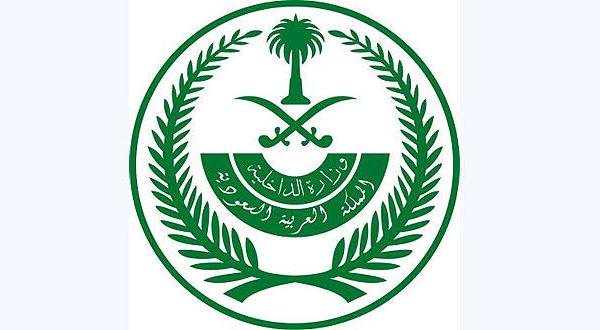Riyadh- Saudi authorities on Sunday revealed that Ali Khamenei, the Supreme Leader of Iran met with members of the Iranian spy ring, which Saudi security forces was chasing in 2013, with the aim of planning out acts of vandalism, instigating sectarian strife and recruiting new members within the governmental administration for purposes of spying. The meeting was arranged by Iranian intelligence and held in one of Iran’s cities.
The Bureau of Investigation and Public Prosecution, in its first Riyadh-specialized court session, clarified that the spy group members have sent periodic reports using Iranian intelligence encoding, and have provided confidential military information.
Investigations discovered that 8 of the 32 Saudi suspects accused for forming an undercover spy ring and reporting to Iranian intelligence have provided top secret and critical military information that compromise Saudi Arabia’s homeland security.
The information they divulged threatens the nation’s unity, safety, and its armed forces. Revelations passed on to Iranian intelligence regarding defense mechanisms, in addition to plans on sabotaging national interest, economic and vital institutions, defecting security and public reassurance, and lastly but not least dismantling the community’s unity and spurring sectarian strife all have been within the frame work of the suspects.
Public prosecution representation stated that the accused have inducted hostile action against Saudi Arabia and committed high treason against their country, sovereign and what they have been entrusted with. They shared confidential information with Iranian intelligence that is linked to Riyadh’s security, stability and safety of its armed forces. The spies were on a mission to perpetrate aggressive acts against Saudi Arabia.
Prosecution pointed out that the accused spies were involved with recruitment of governmental workers for purposes of infiltration and corresponds with Iranian intelligence’s best interest. The double-agents elected to achieve Iran-based goals, have persistently at a majority travelled frequently to Iran and Lebanon to meet with Iranian intelligence agents.
The Saudi Ministry of Interior announced on March 2013 that it had arrested two Saudi citizens and an Iranian who were engaged in scouting for Iran. The arrest and accusation were built on Saudi intelligence acquired vital statistics. The double-agents, in cooperation with the General Investigation Directorate, were apprehended in four different areas: Mecca, Medina, Riyadh and Al Sharqia Governorate.
The lawsuit against the sleeper agents also accused them of receiving a series of training sessions that would enhance their infiltration’s capacity so that they go undetected by security authorities. The group have prepared and emailed a number of encoded reports using an Iranian intelligence ciphering code. They have been found guilty of funding terrorist activities and participating via means of incitement, in addition to receiving bribes in exchange of compromising their official duties.
The agents have conducted multiple meetings with Iranian intelligence agents, providing them with Saudi security confidential circulars and telegrams. They have also illegally hacked into databases for the sake of attaining confidential Saudi internal and outer security information as well as national economy data.
Iranian secret intelligence organized an encounter with Iran’s Supreme Leader for the counterspies. The spy ring members have also supported and taken part at the protests and riots in the Qatif governorate, located in Eastern Province, Saudi Arabia.
The court judge presented statements of claim against the list of the sleeper cell members, and had all those accused brought in from prisons in Jeddah and Dammam. The suspects chose to employ defense lawyers, and others have appointed their families, even wives, for testimonials.
A number of those accused have taken advantage of their assigned jobs and the confided positions to serve Iranian interest. Some of them were military men, men of academia, bank managers and economic analysts.

